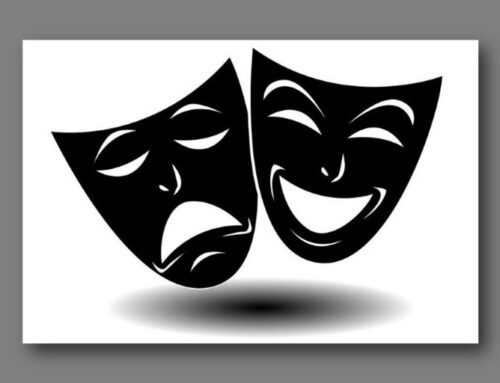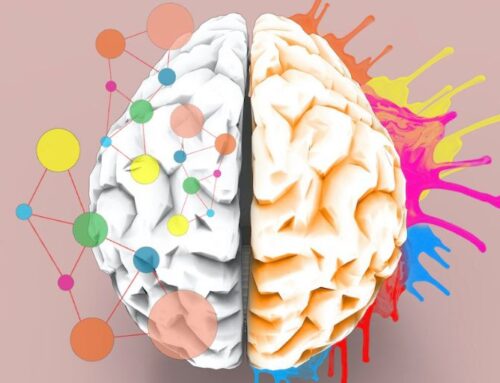Resilience is accepting your new reality… You can fight it, you can do nothing but scream about what you’ve lost, or you can accept that and try to put together something that’s good.” Elizabeth Edwards
Maybe you (like me and like all of us) will at times find it difficult to accept things the way they are – circumstances all the way from the weather to world events.
At a personal level, “the way things are” could include the facts of our lives – the status of our health, our relationships and our finances.
Of course, sometimes we may be able to change or influence certain situations through taking corrective action. But whether global or personal, any and all action begins by acknowledging and then accepting — the opposite of refusing or denying — the reality of “what is”.
While at a cognitive level, we may understand the need to acknowledge the reality of things, at an emotional level we rail against it, because those facts are sometimes unpleasant at best or frightening at worst.
But there are consequences to our “railing against”, our denial of what is. When we do that, we create within us a mind at war (as Dr. Rick Hanson calls it). And living in that warring mind is both hellish and unproductive.
The Healing Power of Acceptance
“Life is a series of natural and spontaneous changes. Don’t resist them; that only creates sorrow. Let reality be reality. Let things flow naturally forward in whatever way they like.” Lao Tzu
Struggling against reality brings us pain. However acceptance of “what is” opens the door to what we really want most – a peaceful existence.
And so, let’s open the door and allow Acceptance to come in.
What does that mean?
Accepting reality means going with the flow of what is, saying for example:
“Here is a fact. Here is a situation. I will let it be, unless after reflection, it becomes clear that some action is possible, prudent and needed on my part. In that case, I will respond in a considered manner. And if no action on my part is possible, prudent and needed, then I will allow it.”
Of course. Saying is always easier than doing. At least not for us railers.
So we need to recondition our thinking and alter our behavior. Or at least give it a try, because the benefits are enormous. By accepting, we conserve all the energy we expend on denying and then, with that power, do something positive – like improving our lives, reaching for our goals, helping others.
And of course, there is the big payoff. We gain peace of mind.
The Path to Acceptance
“The only time you suffer is when you believe a thought that argues with reality.” Anonymous
For a few of us, the change from denial to acceptance is spontaneous. But for most of us the change will be gradual.
So, for the gradualists among us, here are some tools that might ease our journey to acceptance.
The Intention Tool
Intentions are powerful tools, because they demonstrate both a commitment and a willingness to undertake particular actions. In regard to the reality of what is, we would be setting an intention to acknowledge and accept with a willing heart all those things over which we have no control.
The Discernment Tool
Discernment is a necessary tool. We access discernment by slowing down, quieting our minds and going deep within to listen to that small wise voice that guides each of us when we allow it. In this way, we should be able to distinguish between those aspects of reality that we can meaningfully impact and have the right to influence or change and those aspects of reality over which we have no control. In the latter case, we then need to step aside and let it be.
The Relationship-with-Reality Tool
It may seem odd, but if we can develop a kindly, if not friendly, relationship to reality, then it may make it easier to stop pushing against it and simply accept it. Reality is not our enemy. It doesn’t discriminate. It doesn’t have a grudge against us. It just is. So, if we can accept it, even see it as force for good, then our lives, both inner and outer, will become easier.
The Something-Greater-Than-I-Am Tool
We could say that reality, or what is, is something greater than we are. But we may also choose to place our trust in a power that is beyond or outside of ourselves. Perhaps, for example, the power that created “what is”, like the laws of nature, the universe itself or the life force. Or, for some of us it will be God. Something bigger and more powerful than we are. Our choice. With this tool, we will feel less alone and more protected in the world and thus more able to cope with the day-to-day reality of our lives.
The Surrender Tool
And that’s where the surrender tool comes in. Once we’ve decided to place our trust in something greater that we are, then what remains is to surrender to that power. Surrender in this context means that we relinquish control, or our attempts to control, the uncontrollable. We just give it up and hand It over to our particular concept of Something Greater. Once we’ve done that, we should experience relief, a release from the burden of worry and fear.
The Gratitude Tool
The notion of gratitude might sound a bit woosy but being grateful for the good things in our lives is actually powerfully transformative. Even in the middle of a maelstrom of unpleasantness, we can find things that are beautiful and worthy in our existence — people or pets we love, a sunny day, a much-needed wet spell after a drought, having food and shelter. Basic everyday things. Anything. And so we mentally compose a gratitude list and contemplate those things in our lives that are good. Thus, gratitude is both a tool and a practice that deepens our appreciation of life and helps us to accept what is, even in the worst of times.
The Mantra Tool
Similarly, repeating a mantra could seem woo-woo, but mantras are a useful tool to take along on our journey to acceptance. For our purposes, we’ll say that a mantra is a word or phrase that brings us back to our intention, which is to accept things as they are. So, in those moments when we are drawn away from our intention by regrets, doubts and fears, the mantra is a way to re-center ourselves in that intention. A mantra may be as simple as, “I go with the flow of life.” Or “I accept life as it is right now.” Or, “All is well in this moment.” Or, “I surrender to what is.” Or… well, you can compose one or more of your own.
“For after all, the best thing one can do when it is raining is let it rain.” Henry Wadsworth Longfellow







